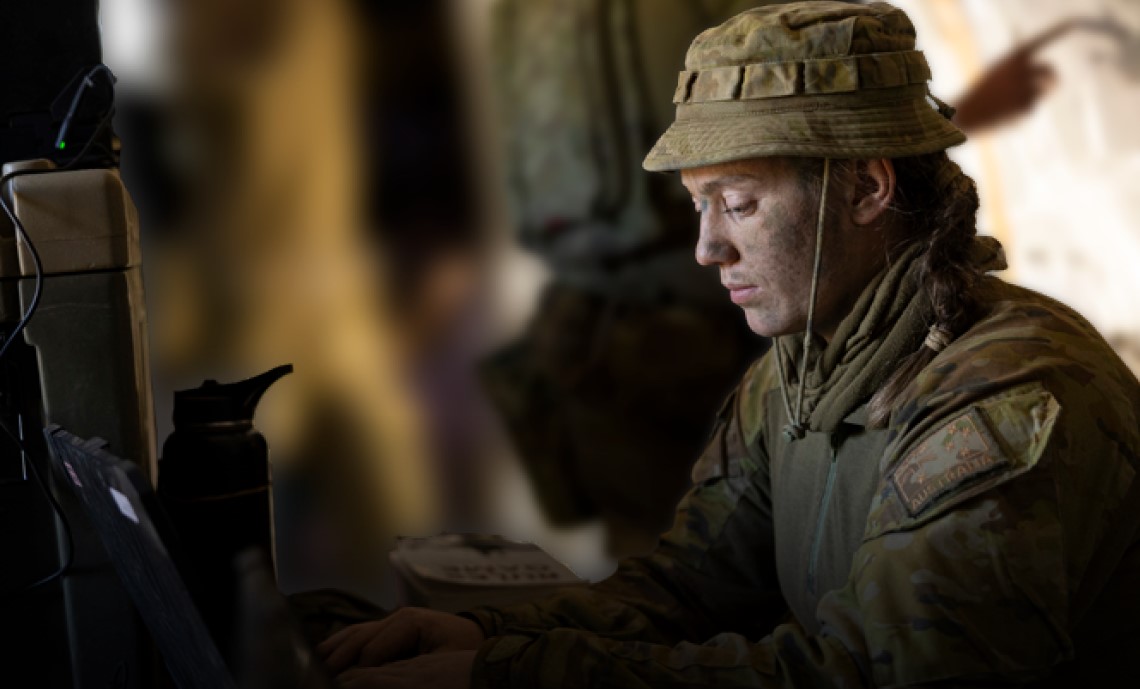Resetting the Australian Army
Negotiating the 2023 Defence Strategic Review
Introduction
On 24 April 2023 the Australian Prime Minister, Anthony Albanese, and the Minister for Defence, Richard Marles, announced the release of the government’s much anticipated ‘National Defence: Defence Strategic Review’ (DSR), the unclassified version. The government had initiated the review the previous August, appointing a former Chief of Defence Force, Sir Angus Houston, and a former Minster for Defence, Stephen Smith, to lead its preparation. Houston and Smith delivered the report in February, which allowed time for the government’s reflection and judgement.
The DSR’s release was met with numerous claims of its great import, including calling it a ‘major shake-up’, a ‘landmark study’ and the ‘greatest shifts in Australia’s military since WWII’. Marles described it as a ‘huge moment in Australian defence history’. The reality is somewhat more prosaic. Australia has a long history of defence reviews, dating back to 1877 in the colonial period, when Colonel William Jervois arrived from England to conduct the first one. The DSR itself admits that since the Second World War ‘there have been innumerable strategic papers, defence reviews and white papers’. Australia has also faced testing times in the past, such as on the eves of the world wars and throughout the Cold War. Australia’s strategic situation has changed before, and done so with some frequency— for example, when Japan made the transition from enemy to ally. In the realm of national security, change is the norm and a state’s leaders must undertake periodic reassessments of the threats their country faces and make modifications to defence policy to meet evolving requirements.
The primary audience for this paper is the members of the Australian Army, although those serving in the Royal Australian Navy (RAN) and the Royal Australian Air Force (RAAF), as well as the general public, should also find it informative. Notably, the paper will avoid Defence’s cyber and information capabilities because most of their attributes are not in the public domain.
The paper will begin by identifying the key aspects of the review and their import for the Army. It will highlight that the DSR’s overall message is a positive one, at least for the land force. To reinforce its conclusions, the paper will consider a number of historical reviews to illustrate how the Army has responded to the government’s directed defence policy reassessments in the past. In doing so, the paper makes the observation that the present DSR is simply the Australian Government’s latest reassessment of the strategic environment. The prior reviews the paper will examine are:
- the 1923 Washington Naval Treaty reorganisation
- the 1957 forward defence reorganisation
- the post-Vietnam War reorganisation
- the Army in the era of the Defence of Australia policy.
The paper will highlight the effect these reviews had on the structure and capability of the Army. The other services will not be ignored, however, since in each of the historical reviews the RAN and the RAAF received a higher priority from the government. The current review is different; each of the services will have important roles to play in an integrated force. Commentary claiming that the DSR is a ‘kick in the guts for the Army’ is manifestly untrue and unhelpful. The Army will need to change, but in doing so there will be opportunity to serve the nation more effectively in accordance with government policy.
| Attachment | Size |
|---|---|
| op_16_palazzo_resetting_the_australian_army.pdf (3.66 MB) | 3.66 MB |

Publication Date
Publication Identifiers
ISSN (Online) 2653-0406
ISSN (Print) 2653-0414




